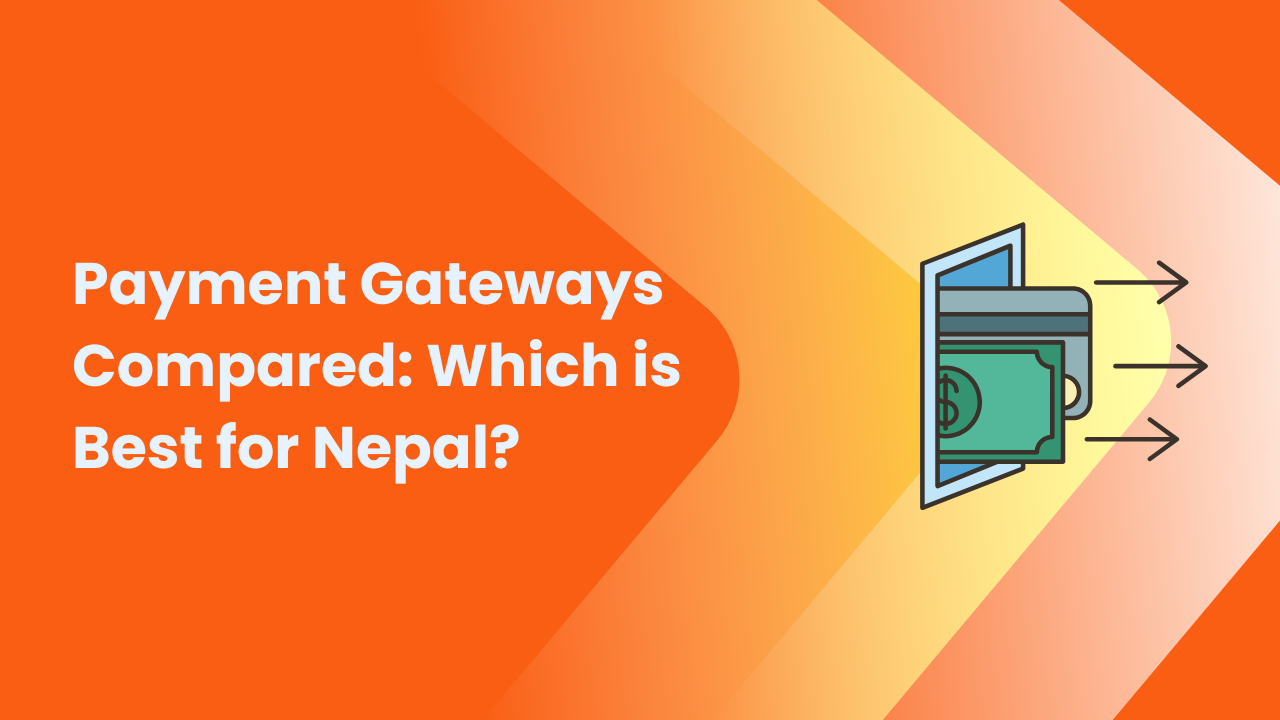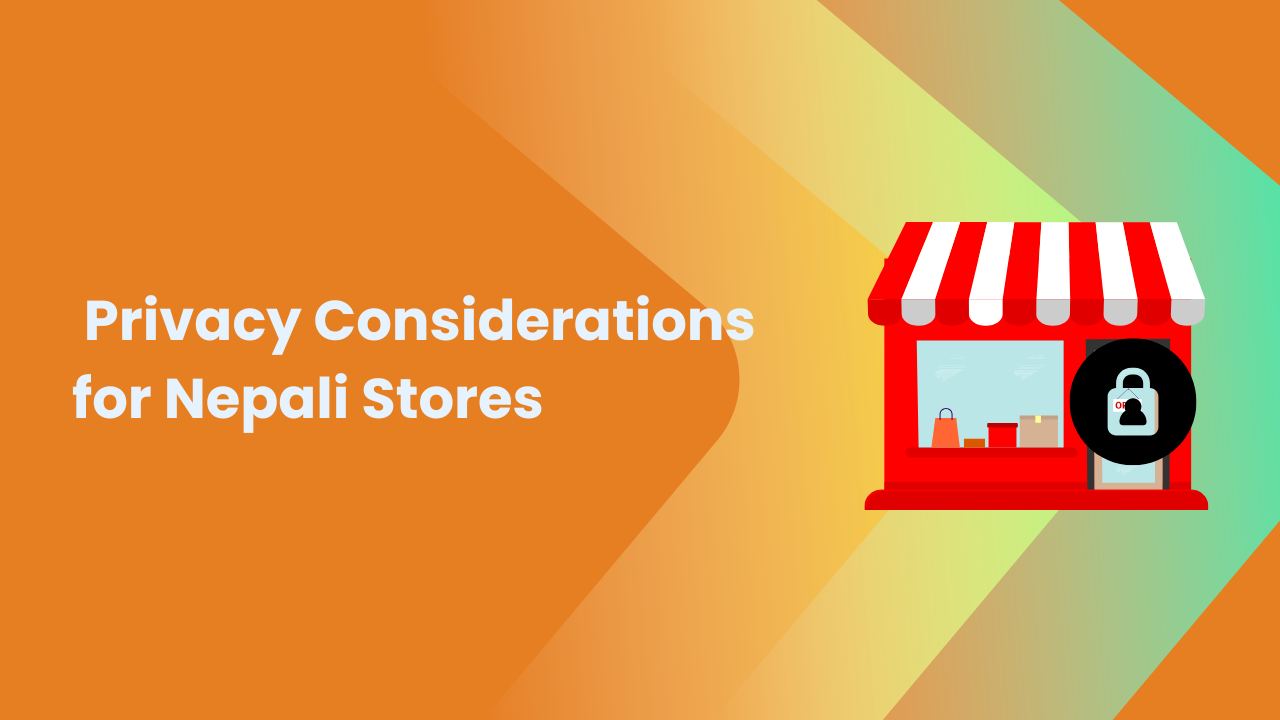Share this Article
The subscription-based e-commerce model is transforming the way businesses operate in Nepal, offering long-term revenue stability, deeper customer relationships, and enhanced operational efficiency. As Nepal’s digital economy expands, subscription services provide businesses with a sustainable growth strategy while offering consumers convenience, affordability, and personalization. Here’s how subscription services are shaping the future of Nepal’s e-commerce industry.
1. Stable and Recurring Revenue Streams
One of the most significant advantages of a subscription-based model is the creation of predictable and recurring revenue. Unlike traditional retail, where sales fluctuate based on demand, subscription services ensure a steady income flow by securing long-term customer commitments.
- Financial Stability: Businesses can forecast revenue more accurately, allowing for better budgeting and investment in growth initiatives.
- Reduced Sales Pressure: Since customers are already subscribed, businesses do not need to rely solely on aggressive marketing to drive one-time purchases.
2. Stronger Customer Loyalty and Retention
Subscription services inherently foster long-term relationships, increasing customer retention rates. Once customers subscribe, they develop a habitual reliance on the service, reducing the likelihood of switching to competitors.
- Consistent Engagement: Regular interactions keep the brand top-of-mind, strengthening customer relationships.
- Enhanced Customer Lifetime Value (CLTV): Subscribers tend to spend more over time, increasing the overall profitability of the business.
3. Improved Inventory and Demand Management
With a subscription model, businesses can better predict demand, leading to optimized inventory management and reduced waste. Knowing exactly how many products are needed each month enables businesses to minimize excess stock and avoid shortages.
- Efficient Supply Chain: Suppliers and manufacturers benefit from consistent demand, ensuring better procurement and stock planning.
- Cost Savings: By preventing overproduction and inventory deadstock, businesses reduce operational inefficiencies.
4. Increased Customer Convenience and Satisfaction
Subscription models are designed to simplify the shopping experience for consumers. Whether it’s groceries, beauty products, or digital services, customers appreciate the convenience of automated deliveries and hassle-free purchasing.
- Time-Saving: Subscribers no longer need to place repeat orders manually, enhancing their shopping experience.
- Seamless Payments: Automated billing reduces the need for frequent transactions, making the purchasing process effortless.
5. Personalization and Customization Opportunities
E-commerce businesses in Nepal can leverage subscription models to offer personalized experiences. By analyzing customer preferences, companies can tailor product offerings to better suit individual needs.
- Curated Subscription Boxes: Businesses can provide specialized product assortments based on customer preferences, such as organic grocery baskets, skincare bundles, or fitness supplement packages.
- Exclusive Perks: Personalized discounts, early access to new products, and loyalty rewards further enhance customer satisfaction.
6. Better Cash Flow and Growth Potential
A stable subscription base allows businesses to scale effectively without the unpredictability of seasonal sales cycles. This reliable cash flow can be reinvested into marketing, product development, and expansion strategies.
- Investor Appeal: Investors are more likely to fund businesses with consistent revenue streams, making subscription-based startups in Nepal more attractive for funding opportunities.
- Scalability: With a proven business model, companies can expand their reach and explore new customer segments.
7. Competitive Advantage in Nepal’s E-Commerce Market
As Nepal’s digital ecosystem evolves, subscription services provide businesses with a distinct competitive edge. While traditional e-commerce still relies on one-time purchases, subscription models create long-term engagement and customer lock-in.
- Brand Authority: Businesses offering high-quality subscription services establish themselves as industry leaders.
- First-Mover Advantage: Since the subscription model is still gaining traction in Nepal, early adopters can capture market share before competitors enter the space.
Conclusion
The subscription economy presents a game-changing opportunity for Nepal’s e-commerce sector. By offering predictable revenue, enhanced customer loyalty, and operational efficiency, businesses can position themselves for long-term success. As consumer preferences shift towards convenience and personalization, e-commerce brands that adopt innovative subscription models will gain a significant competitive advantage. Now is the time for Nepali entrepreneurs to embrace this model and revolutionize the digital marketplace.
Categories:
E-commerce Tips & Tutorials
Tags:
SubscriptionServices
,
SmartCommerce
,
RecurringRevenue
,
EcommerceGrowth







